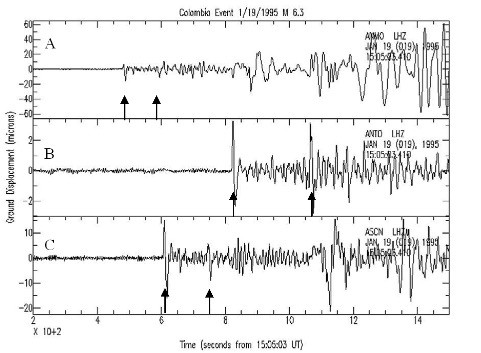Density-independent factors tend to be
A. more associated with abiotic factors.
B. unable to lower reproductive gains in a population.
C. more associated with intrinsic factors.
D. more influential with natality rates than mortality rates.
Answer: A
You might also like to view...
Full-cost pricing of gasoline refers to taxing gasoline by the gallon, as it is purchased, to cover the estimated harmful costs of driving. This tax has been estimated to be:
a. $2.90 per gallon b. $12.00 per gallon just for the tax c. $12.00 per gallon when combined with the cost of the gas itself d. $4.00 per gallon e. $4.00 per liter
What caused the Alpine orogeny? What will be an ideal response?
Based on paleogeographic records, _____________.
a) the continents came together as Pangaea before North America was located at the equator b) India separated from Antarctica before the continents came together as Pangaea c) the North Atlantic opened before North America was located at the equator d) India separated from Antarctica before North America was located at the equator e) the North Atlantic opened before India separated from Antarctica
Three seismograms for a single earthquake with an epicenter in Columbia are shown below. The data are from stations that were at very different distances from the epicenter. Arrows denote arrival of P and S waves. Note: Vertical scales are not all the same.  Suppose two earthquakes with the same magnitude, depth, and relative motion occur in two cities, A and B. City A is near a plate boundary, city B is far from a plate boundary. Which earthquake would cause the most shaking farthest from the epicenter?
Suppose two earthquakes with the same magnitude, depth, and relative motion occur in two cities, A and B. City A is near a plate boundary, city B is far from a plate boundary. Which earthquake would cause the most shaking farthest from the epicenter?
A. The one in city A because there are few nearby faults B. The one in city B because there are many nearby faults C. The one in city A because there are many nearby faults D. The one in city B because there are few nearby faults